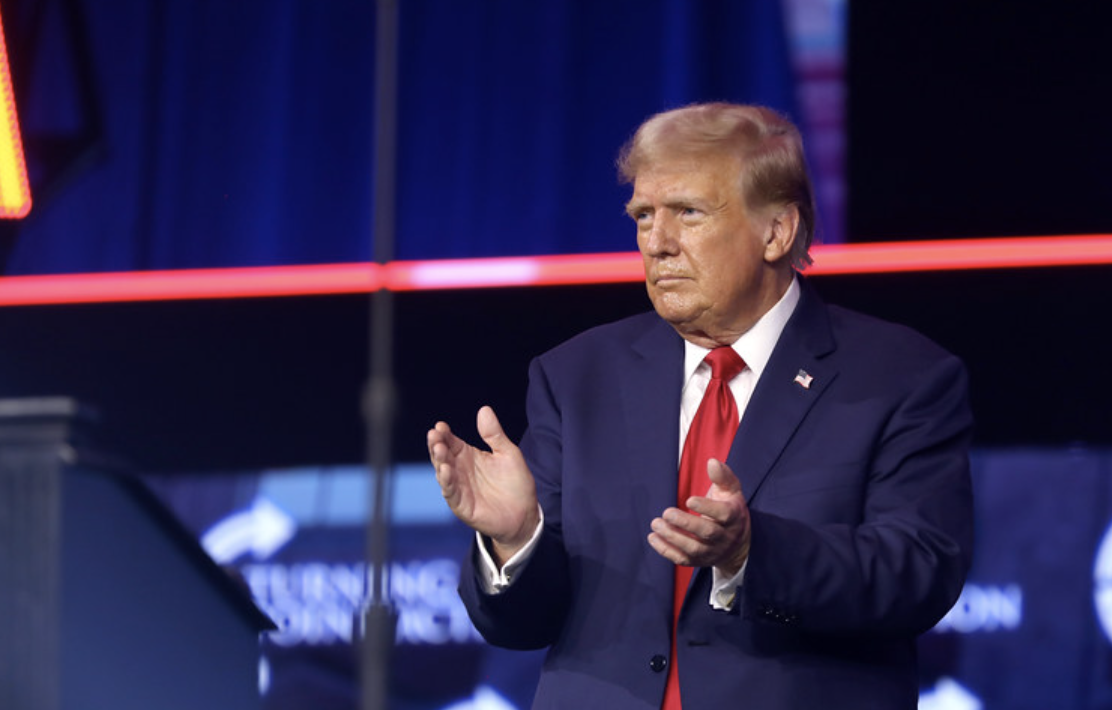House Report Disputes Previous Secret Service Account of Trump Attack

Key U.S. House investigators revealed on Monday that the July 13th assassination attempt on former President Donald Trump was entirely “preventable,” according to a preliminary report that examines witness accounts and expert testimony about multiple security lapses that occurred on that day.
The investigation found that miscommunication and poor planning between federal and state agencies led to significant failures in securing Trump during a rally in Butler, Pennsylvania. A gunman was able to shoot at Trump from a nearby rooftop, exposing vulnerabilities in the protection efforts.
Fox News reported initial findings from a House Task Force, which pointed to alarming deficiencies within the Secret Service.
“Although the findings in this report are preliminary, the information obtained during the first phase of the Task Force’s investigation clearly shows a lack of planning and coordination between the Secret Service and its law enforcement partners before the rally,” the report stated.
It continued, “Put simply, the evidence obtained by the Task Force to date shows the tragic and shocking events of July 13 were preventable and should not have happened.”
Task Force Chair Mike Kelly (R-PA) has quietly issued subpoenas to three local Pennsylvania agencies to obtain “sensitive documents,” as noted by Politico. These records are expected to be included in the final report, due in December.
Local authorities have previously challenged claims from former Secret Service leadership, particularly concerning the adequacy of preparation and accountability in securing the perimeter from where the shooter fired.
The investigation also found that members of Trump’s detail were borrowed from other federal agencies, with some only receiving brief webinar training before being assigned to duty.
Shortly before the 20-year-old gunman, Thomas Matthew Crooks, opened fire on Trump, grazing his right ear, a breakdown in communication between the Secret Service and other agencies led to “critical pieces of information … [moving] slowly due to fragmented lines of communication and unclear chains of command on July 13,” the report said. The Secret Service “did not effectively verify responsibilities were understood and being executed,” it added.
Additionally, no joint meeting between the Secret Service and its federal and state partners took place that day.
This communication failure also impacted agents' ability to share key information about the shooter. For instance, a suspicious individual had been identified almost an hour before the incident, but this was not relayed to the Secret Service's command post until 5:51 p.m.
At around 5 p.m., three local officers had observed Crooks’s odd behavior, including his use of a rangefinder, which they deemed suspicious based on their experience, the House report explained.
A Butler Township Police officer, named as witness four in the report, testified that he was among the first to spot a long gun in Crooks’s possession. Sadly, this crucial information failed to reach the USSS counter-snipers who were stationed at the event.
Crooks managed to fire more than eight rounds before he was neutralized.
“I just started shouting to the guys around me, and I immediately radioed in. I kept repeating, ‘South end, he’s got a long gun, male on the roof,’” the witness told the Task Force, according to the report.
Politico also highlighted the report’s statement: “To date, the Task Force has not received any evidence to suggest that message reached the former President’s USSS detail prior to shots fired.”